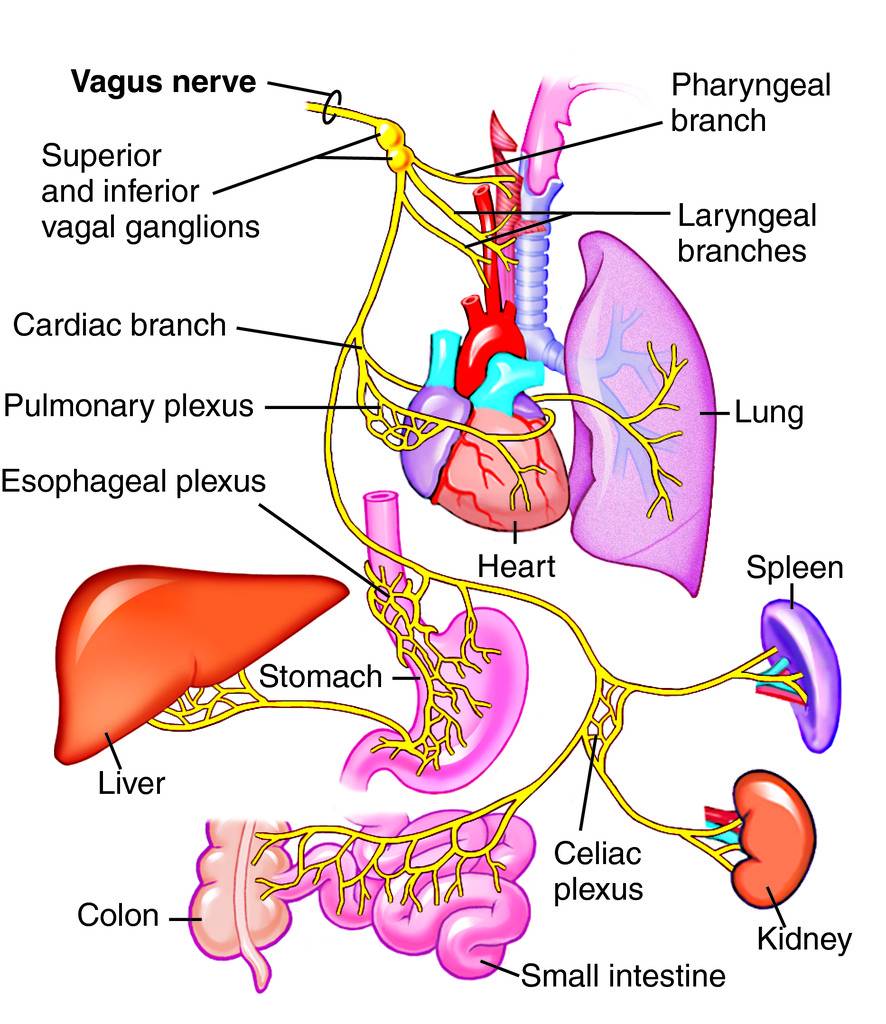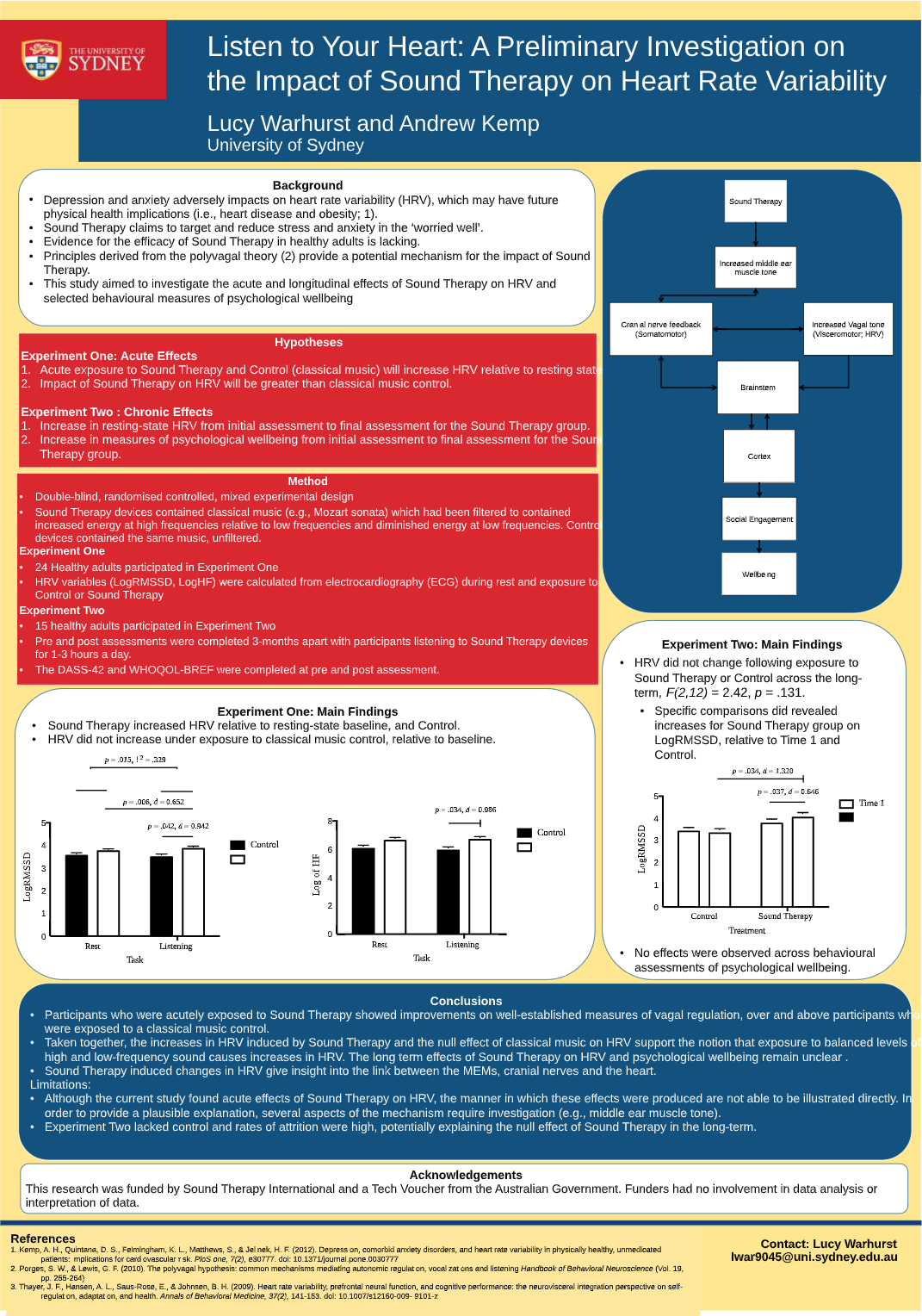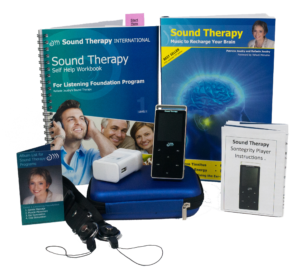Looking back on 2020, the theme of this year has been breathing. From the unprecedented wildfires in Australia and California, the COVID pandemic and the Black Lives Matter movement, ignited by George Floyd’s final words “I can’t breathe”, we were bombarded on all sides with challenges to our breath. We were wearing masks for smoke inhalation—then we were wearing masks for COVID.
So, what does this have to do with Sound Therapy? At first glance you might think, nothing. After all, we don’t breathe with our ears. However, consider that in medical science, the ears, nose and throat come under one speciality—the Ear, Nose and Throat doctor (ENT). In a world of science where fragmentation into specialities is the norm, to have three areas combined must indicate a very closely entwined connection. The nose and throat are definitely involved in breathing. And interestingly, these respiratory organs also respond to Sound Therapy.
One of the surprising but very tangible benefits of Sound Therapy is the way it helps to alleviate chronic blocked ear and sinus disorders. A feeling of chronic blocked ear or pressure in the ears is often due to sub-optimal functioning of the Eustachian tube muscles, which are closely related to the middle ear muscles.
Listeners who report living with chronic sinus disorders have also found that using Sound Therapy helps to alleviate the discomfort and recurrence of the condition. It seems that removing the pressure from the sinus cavities and allowing the fluid to drain out is an extension of the relief of Eustachian tube pressure. When the sinus is unblocked, the process of breathing is definitely eased.





